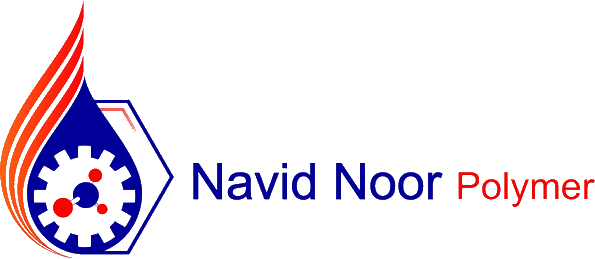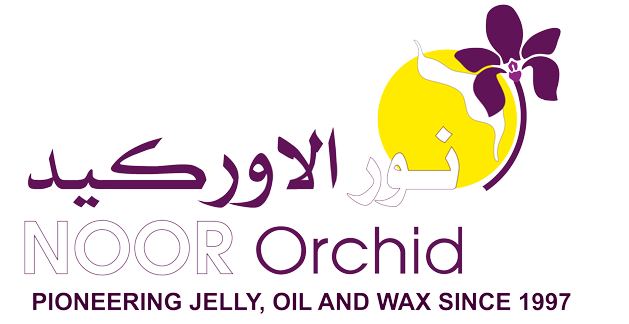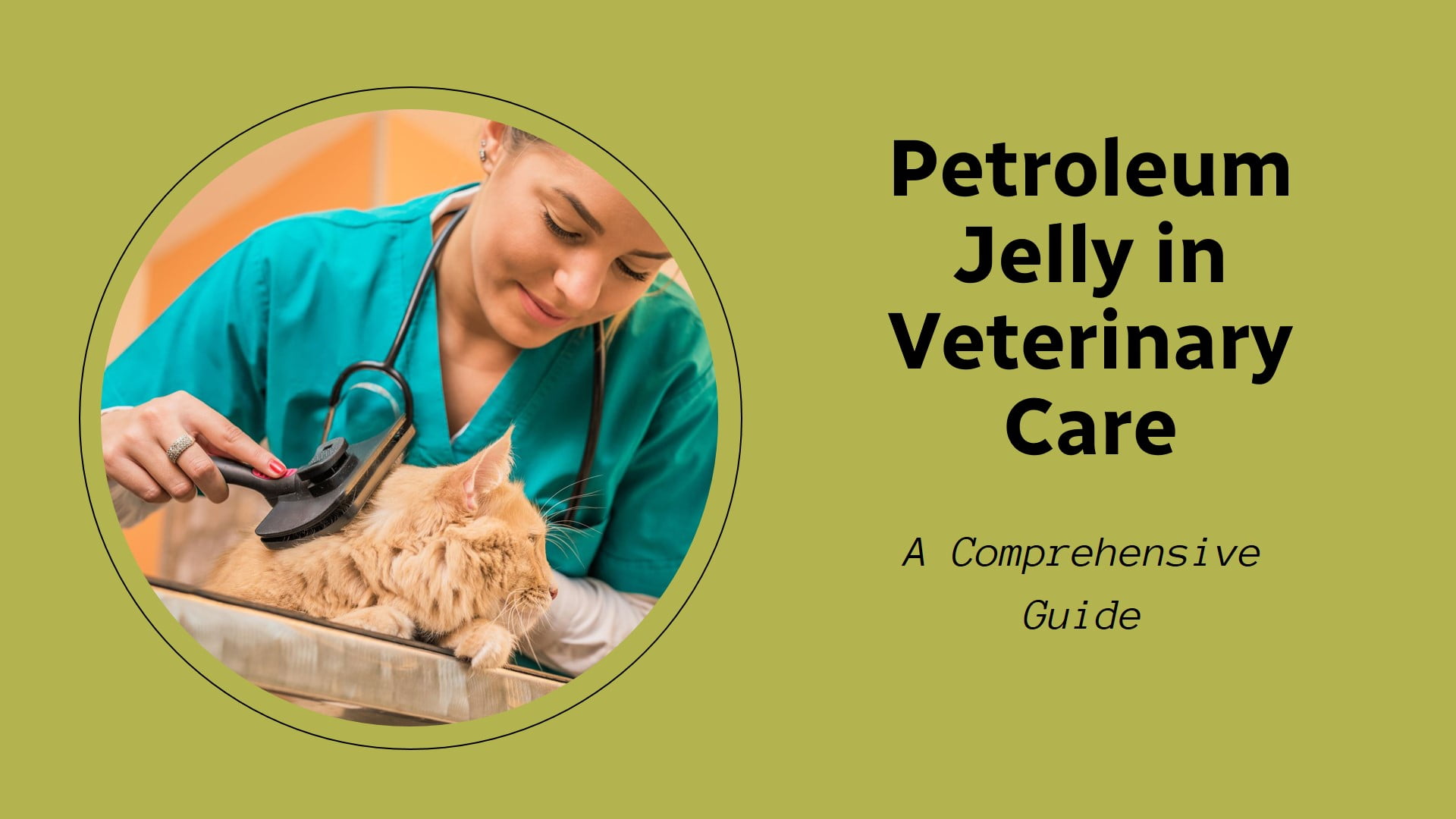The Indispensable Role of Petroleum Jelly in Veterinary Care: A Comprehensive Guide
Unveiling the Versatility of Petroleum Jelly in Animal Health
As a seasoned veterinarian with over 15 years of experience, I’ve witnessed firsthand the remarkable versatility of petroleum jelly in animal care. This unassuming substance has proven to be a game-changer in my practice, offering a wide array of benefits for our diverse patients – from furry companions to exotic creatures. In this comprehensive guide, I’ll take you on a journey through the multifaceted world of petroleum jelly in veterinary medicine, exploring its applications from wound care to specialized treatments.
The Genesis of a Veterinary Marvel
The story of petroleum jelly in veterinary care begins with its discovery by chemist Robert Chesebrough in the 1850s[^1]. Originally observed as a byproduct of oil drilling, this waxy substance quickly gained recognition for its protective and healing properties. Its journey from industrial curiosity to veterinary staple is a testament to its unique characteristics and the ingenuity of medical professionals who recognized its potential.
Why Petroleum Jelly Stands Out in Animal Care
In the realm of veterinary medicine, we often seek products that are gentle, effective, and versatile enough to use across species. Petroleum jelly excels in all these aspects. Its hypoallergenic nature, non-toxicity when ingested in small amounts, and ease of application make it an invaluable tool in both clinical settings and at-home pet care. These qualities have cemented its place in the veterinary pharmacopeia.
The Importance of Quality in Veterinary-Grade Petroleum Jelly
Not all petroleum jellies are created equal, especially when it comes to animal health applications. It’s crucial to select high-quality, pharmaceutical-grade products to ensure the safety and efficacy of treatments. For instance, Navid Noor Polymer’s range of petroleum jellies, such as their NPJ722 and NPJ822 grades, are specifically formulated to meet the stringent standards required for pharmaceutical and cosmetic use[^2]. These high-grade products offer the purity and consistency necessary for veterinary applications.
A Glimpse into Our Comprehensive Exploration
In this extensive guide, we’ll delve into five key areas where petroleum jelly proves its worth in veterinary care:
1. Wound Management and Skin Protection
2. Grooming Enhancements and Coat Maintenance
3. Paw and Hoof Health Optimization
4. Digestive Support and Nutritional Assistance
5. Specialized Veterinary Procedures and Treatments
Each section will explore specific applications, supported by scientific studies and real-world case examples from my practice. By the end of this guide, you’ll have a thorough understanding of how this versatile substance can revolutionize animal health care across various species.
1. Wound Management and Skin Protection: The First Line of Defense
In the world of veterinary medicine, effective wound management and skin protection are paramount to an animal’s health and recovery. Petroleum jelly plays a crucial role in this arena, offering a versatile solution for a range of skin-related issues. From minor cuts and abrasions to more complex dermatological conditions, this humble substance has proven its worth time and time again in my practice.
1.1 Creating a Protective Barrier: The Fundamentals of Wound Care
When it comes to wound care in animals, creating a protective barrier is often the first step in promoting healing. Petroleum jelly excels in this role by forming a semi-occlusive layer over the wound. This barrier helps to keep the wound moist, which is essential for optimal healing, while also protecting it from external contaminants. In my experience, applying a thin layer of high-quality petroleum jelly, such as Navid Noor’s NPJ722, can significantly accelerate the healing process in a variety of animal species.
1.2 Preventing Moisture Loss: The Key to Skin Health
One of the most valuable properties of petroleum jelly in veterinary care is its ability to prevent moisture loss from the skin. This is particularly important in treating conditions like dry, cracked skin or paw pads. By creating a barrier that locks in moisture, petroleum jelly helps to maintain skin hydration, promoting faster healing and preventing further damage. I’ve seen remarkable improvements in animals suffering from dry skin conditions after implementing a regular petroleum jelly treatment regimen.
1.3 Soothing Irritated Skin: A Gentle Approach to Dermatological Issues
In my practice, I frequently encounter animals with skin irritations caused by various factors such as allergies, environmental conditions, or minor injuries. Petroleum jelly has proven to be an excellent soothing agent in these cases. Its gentle, non-irritating nature makes it suitable for use in sensitive areas, providing relief and promoting healing without the risk of further aggravation. This is where the purity of products like Navid Noor’s NPJ822 becomes crucial, ensuring a safe application even on the most delicate skin.
1.4 Enhancing Medication Delivery: A Versatile Carrier
Beyond its direct healing properties, petroleum jelly serves as an excellent carrier for topical medications. Its consistency allows for easy mixing with various ointments and creams, enhancing their spreadability and adherence to the skin. This property is particularly useful when treating localized skin infections or applying medicated treatments to specific areas. By combining petroleum jelly with appropriate medications, we can create custom topical treatments tailored to each animal’s specific needs.
1.5 Case Study: Healing a Rescue Dog’s Severe Skin Condition
To illustrate the efficacy of petroleum jelly in wound management, let me share a case study from my practice. We recently treated a rescue dog named Max, who came to us with severe skin abrasions and hot spots due to neglect. Here’s how we approached his treatment:
1. Initial Assessment: Max’s skin was inflamed, with multiple areas of hair loss and open sores.
2. Treatment Plan: We implemented a twice-daily regimen of gentle cleaning followed by the application of a thin layer of pharmaceutical-grade petroleum jelly (NPJ722) mixed with a topical antibiotic.
3. Progress: Within a week, we observed significant improvement. The petroleum jelly helped to soothe the irritated skin, prevent moisture loss, and enhance the delivery of the antibiotic.
4. Outcome: After three weeks of consistent treatment, Max’s skin had almost completely healed, with new hair growth visible in the affected areas.
This case demonstrates the powerful healing potential of petroleum jelly when used appropriately in veterinary wound care.
[^1]: Chesebrough, R. A. (1872). Improvement in products from petroleum. U.S. Patent No. 127,568. Washington, DC: U.S. Patent and Trademark Office.
[^2]: Navid Noor Polymer. (2024). Pharmaceutical and Cosmetic Petroleum Jelly. https://www.navidnoor.ir/petroleum-jelly/

This is Kamran Malekian working in the petroleum jelly manufacturing industry for Navid Noor Company since 2013 I am eager to make content in this industry and have a good impact on professional users and people using cosmetic and pharmaceutical products.










No comment